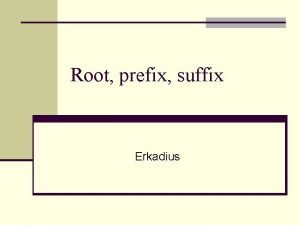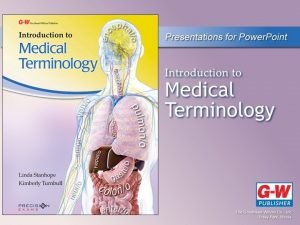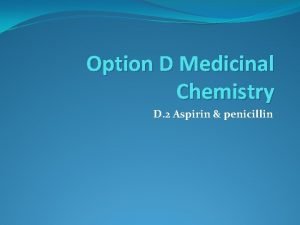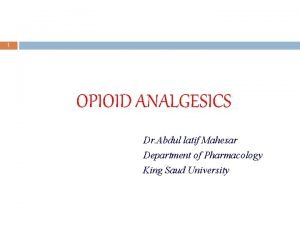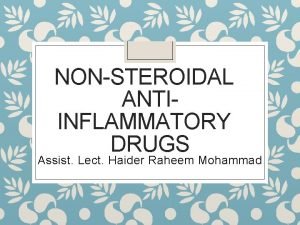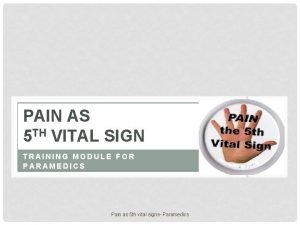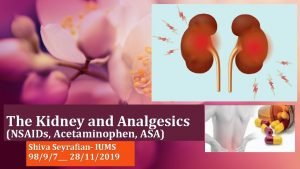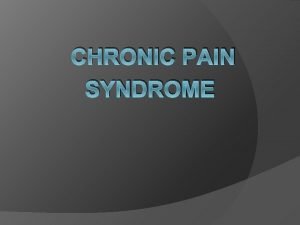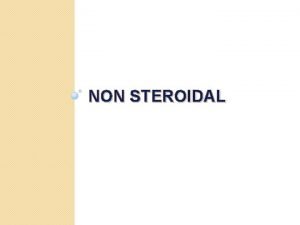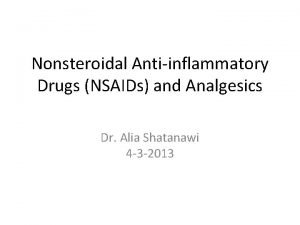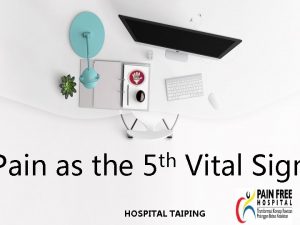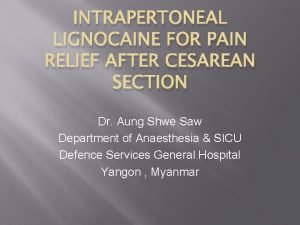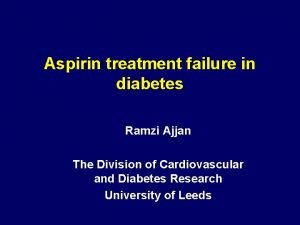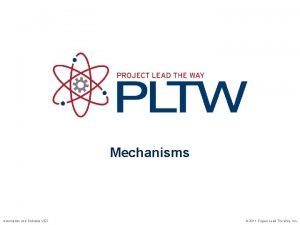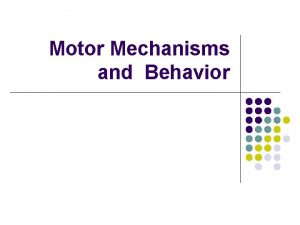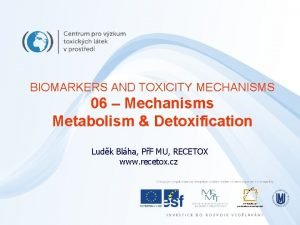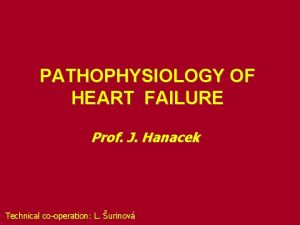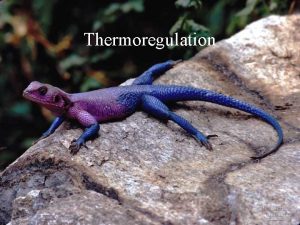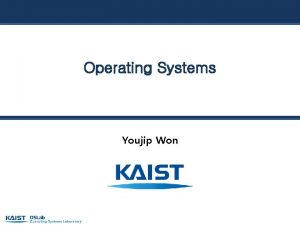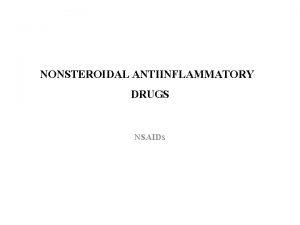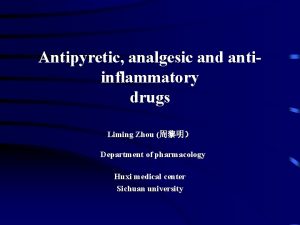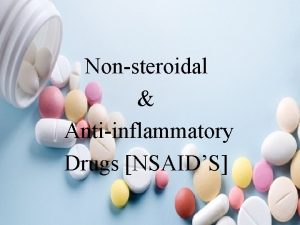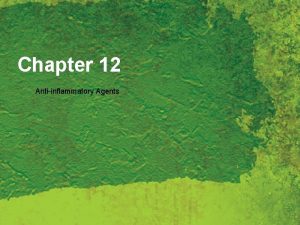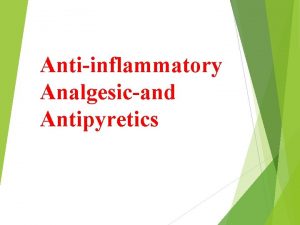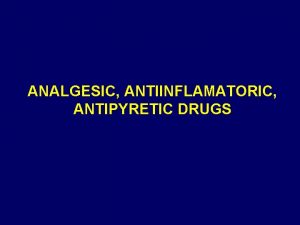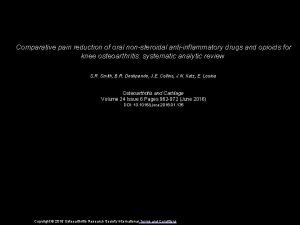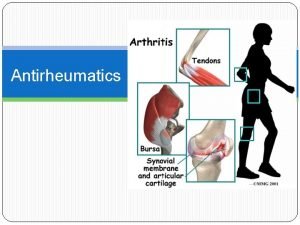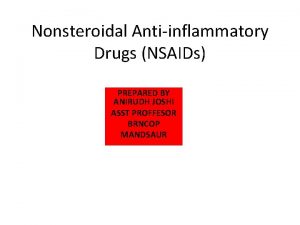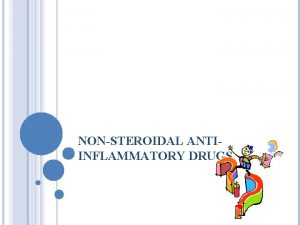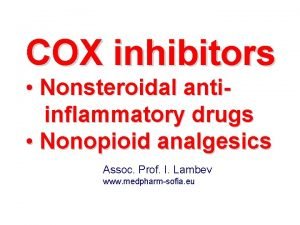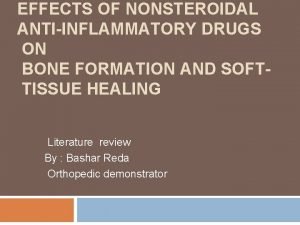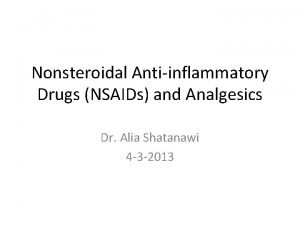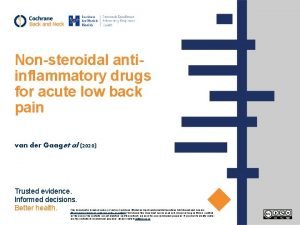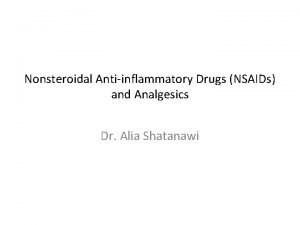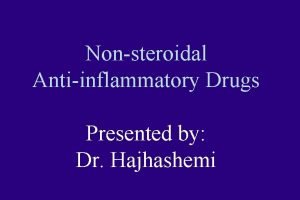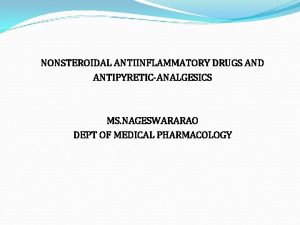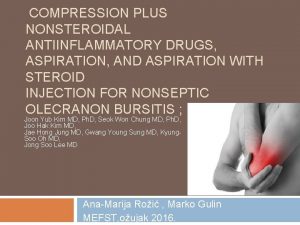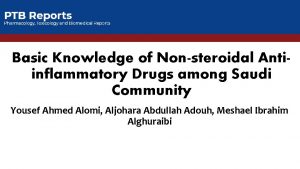NONSTEROIDAL ANTIINFLAMMATORY DRUGS ANALGESIC ANTIINFLAMMATION ANTIPYRETIC Peripheral mechanisms





























- Slides: 29

NONSTEROIDAL ANTIINFLAMMATORY DRUGS ANALGESIC, ANTIINFLAMMATION, ANTIPYRETIC

Peripheral mechanisms of pain

Non-Opioid Analgesics � NSAIDS � acetaminophen � aspirin � salicylates � non-selective COX inhibitors � selective COX-2 inhibitors


Cyclooxygenases: COX 1, COX 2 � - PGs, mostly by COX-1, are constitutively expressed in almost all tissues; COX-2 appears to only be constitutively expressed in the brain, kidney, bones, reproductive organs, and some neoplasms � - Under normal physiologic conditions, PGs play an essential homeostatic role in cytoprotection of gastric mucosa, hemostasis, renal physiology, gestation, and parturition � - Only COX-1 in platelets converts arachidonic acid to TXA 2 � - COX-1 predominant in gastric mucosa is a source of cytoprotective PGs � - The production of PGs (inducible COX-2 activity >> COX-1) at sites of inflammation propagate pain, fever

NSAID Therapy NSAID inhibition of PGs production alleviates most of the pathologic effects associated with inflammation, but it also interferes with the physiologic role of these molecules � Consequently, long-term therapy with nonspecific NSAIDs is frequently limited by their adverse effects, particularly those caused by erosion of gastric mucosal protection GI bleeding �

Pharmacodynamic Effects of NSAIDs Positive � � analgesic - refers to the relief of pain by a mechanism other than the reduction of inflammation (for example, headache); - produce a mild degree of analgesia which is much less than the analgesia produced by opioid analgesics such as morphine anti-inflammatory - these drugs are used to treat inflammatory diseases and injuries, and with larger doses - rheumatoid disorders

� � antipyretic - reduce fever; lower elevated body temperature by their action on the hypothalamus; normal body temperature is not reduced Anti-platelet - inhibit platelet aggregation, prolong bleeding time; have anticoagulant effects

Pharmacodynamic Effects of NSAIDs Negative � Gastric irritant � Decreased renal perfusion � Bleeding

NSAIDs and Platelet Function Physiology: � - TXA 2 is mainly produced in platelets: upon platelet activation; promotes platelet aggregation, vasoconstriction, and vascular proliferation � - platelets do not have a nucleus and cannot synthesize new COX molecules to replace those that have been irreversibly inactivated. Pharmacology: � - apart from aspirin (irreversible COX inhibition), all NSAIDs inhibit COX competitively, and inhibitory effects on platelet aggregation depend on the pharmacokinetic profiles of the agents. After administration of a single dose of aspirin, platelet aggregation is impaired for up to 4 days, until new platelets enter the circulation in sufficient numbers. � - as thrombotic events can occur at any time and for a prolonged period after rupture of a vulnerable plaque, sustained inhibition of


Aspirin • small doses (40~ 80 mg/d): inhibiting TXA 2 synthesis, preventing thrombosis. � • larger doses: inhibiting PGI 2 synthesis, promoting thrombosis. � PGI 2: vasodilation and platelet depolymerization. - Most of these drugs will potentiate the action of oral anticoagulants such as coumadin, by their effects on platelet aggregation. �


NSAIDs and Platelets/Endothelial Cells

NSAIDs – Effects on Renal Function - In healthy hydrated individuals, renal PGs do not play a major role in sodium and water homeostasis - Under certain conditions of localized circulatory stress associated with elevated levels of angiotensin II and catecholamines resulting in decreased renal perfusion, renal blood flow is dependent upon prostaglandin synthesis - thus, NSAID-induced inhibition of PG synthesis can result in significant decreases in renal blood flow and GFR, leading to acute renal failure in kidney function-compromised individuals - Patients at most risk include those with congestive heart failure, volume depletion, chronic renal disease, liver disease and those patients receiving diuretics

NSAIDs: Classification by COX selection

Golongan NSAID � � a. Salicylates Contoh Obatnya: Aspirin, mempunyai kemampuan menghambat biosintesis prostaglandin. Kerjanya menghambat enzim siklooksigenase secara ireversibel, pada dosis yang tepat, obat ini akan menurunkan pembentukan prostaglandin maupun tromboksan A 2, pada dosis yang biasa efek sampingnya adalah gangguan lambung (intoleransi).

� � b. p-Aminophenol Derivatives Contoh Obatnya: Acetaminophen (Tylenol) adalah metabolit dari fenasetin. Obat ini menghambat prostaglandin yang lemah pada jaringan perifer dan tidak memiliki efek antiinflamasi yang bermakna.

� � c. Indoles and Related Compounds Contoh Obatnya : Indomethacin (Indocin) , obat ini lebih efektif daripada aspirin, merupakan obat penghambat prostaglandin terkuat.

� � d. Fenamates Contoh Obatnya : Meclofenamate (Meclomen) , merupakan turunan asam fenamat, mempunyai waktu paruh pendek, efek samping yang serupa dengan obat-obat AINS baru yang lain dan tak ada keuntungan lain yang melebihinya. Obat ini meningkatkan efek antikoagulan oral. Dikontraindikasikan pada kehamilan.

� � e. Arylpropionic Acid Derivatives Contoh Obatnya : Ibuprofen (Advil) , Tersedia bebas dalam dosis rendah dengan berbagai nama dagang. Obat ini dikontraindikasikan pada mereka yang menderita polip hidung, angioedema, dan reaktivitas bronkospastik terhadap aspirin.

� � f. Pyrazolone Derivatives Contoh Obatnya : Phenylbutazone (Butazolidin) untuk pengobatan artristis rmatoid, dan berbagai kelainan otot rangka. Obat ini mempunyai efek anti-inflamasi yang kuat. Tetapi memiliki efek samping yang serius seperti agranulositosis, anemia aplastik, anemia hemolitik, dan nekrosis tubulus ginjal.

� � g. Oxicam Derivatives Contoh Obatnya : Piroxicam (Feldene) , obat AINS dengan struktur baru. waktu paruhnya panjang untuk pengobatan artristis rmatoid, dan berbagai kelainan otot rangka.

� � � h. Acetic Acid Derivatives Contoh Obatnya : Diclofenac (Voltaren) , obat ini adalah penghambat siklooksigenase yang kuat dengan efek antiinflamasi, analgetik, dan antipiretik. Waktu parunya pendek. Dianjurkan untuk pengobatan artristis rmatoid, dan berbagai kelainan otot rangka. Efek sampingnya distres saluran cerna, perdarahan saluran cerna, dan tukak lambung.

Summary of COX-1 vs COX-2 Inhibition

Acetaminophen Pharmacology - produces analgesia - antipyretic - no significant anti-inflammatory effects - no gastric irritation - no platelet function interference - half life 2 – 3 h - weak inhibitor of COX-1, -2; some evidence for COX 3 inhibition - not contraindicated for asthma - not associated with Reye’s Syndrome

Dypirone � � � Metamizole (dipyrone) is a popular analgetic, non-opioid drug In some cases, this agent is still incorrectly classified as a non-steroidal anti-inflammatory drug (NSAID) The mechanism responsible for the analgesic effect is a complex one, and most probably rests on the inhibition of a central cyclooxygenase-3 and activation of the opioidergic system and cannabinoid system. Metamizole can block both PG-dependent and PGindependent pathways of fever induced by LPS Co-administration of morphine and metamizole produces superadditive, antinociceptive effects. Metamizole is a weak COX 1 and COX 2 inhibitor


 Namumetone
Namumetone Hemigastrectomy
Hemigastrectomy In the term antipyretic the root pyret means
In the term antipyretic the root pyret means Classification of analgesic
Classification of analgesic Transderml
Transderml Acetaminophen analgesic
Acetaminophen analgesic 6 month old pain scale
6 month old pain scale Analgesic
Analgesic Analgesic
Analgesic Who analgesic ladder
Who analgesic ladder Nips pain score
Nips pain score Analgesic
Analgesic Analgesic mechanism
Analgesic mechanism Acetaminophen analgesic
Acetaminophen analgesic Analgesic ladder kkm
Analgesic ladder kkm Intrapertoneal
Intrapertoneal Portal circulation
Portal circulation Security services in cryptography
Security services in cryptography Mechanism of action of asprin
Mechanism of action of asprin Rack and pinion vex
Rack and pinion vex Altruisml
Altruisml Multi device broker in cloud computing
Multi device broker in cloud computing Resistance mechanisms of bacteria
Resistance mechanisms of bacteria Mechanisms of evolution
Mechanisms of evolution Compensatory mechanism of heart failure
Compensatory mechanism of heart failure Countercurrent exchange thermoregulation
Countercurrent exchange thermoregulation Introduction to cryptography and network security
Introduction to cryptography and network security Internal service delivery mechanism
Internal service delivery mechanism Security attacks services and mechanisms
Security attacks services and mechanisms Common concurrency mechanisms
Common concurrency mechanisms

